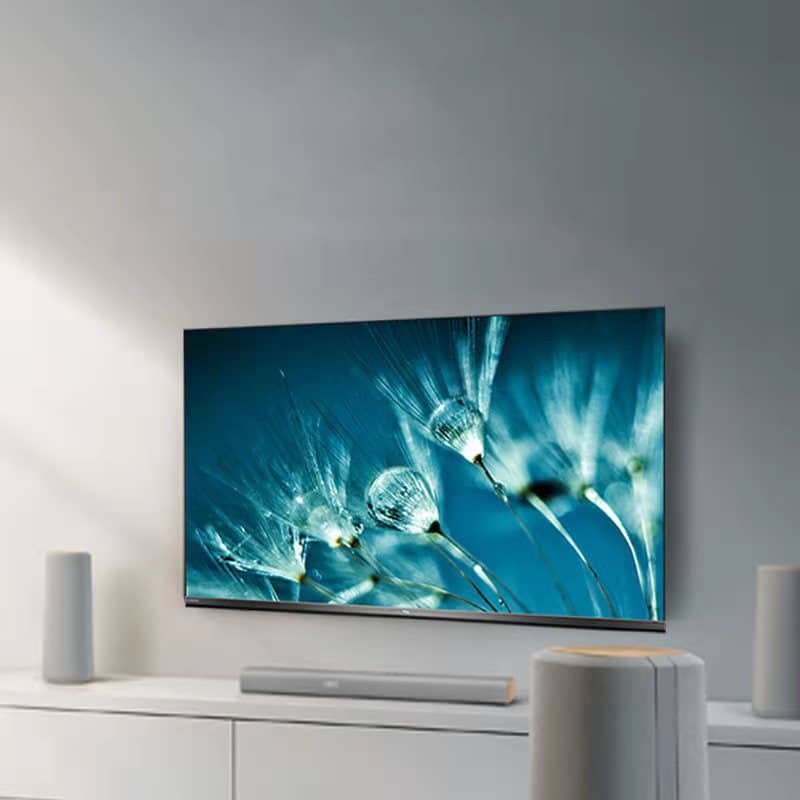In recent years, the color TV industry has begun to shift from scale competition to structure competition and ecosystem competition. Why is this so? Where it is necessary to obtain information display, there are video displays. With the development of screen technology, application operating system, application compatibility, and innovation, television has begun to evolve into intelligent television.
The arrival of smart TV conforms to the trend of “high-definition”, “networking” and “intelligence” of TV. When PCs have long been intelligent, and mobile phones and tablets are also intelligent in large areas, the TV screen will not escape the eyes of the IT giants, and will certainly become intelligent. The so-called real smart TV should have the ability to obtain program content from the network, voice control, AV equipment, PC, and other channels. Through the simple and easy-to-use integrated operation interface, the simple operation will display the content most needed by consumers on the large screen.
There are two main types of smart TV on the market:
1. On the original ordinary TV, an intelligent TV box with an Android system or iOS system (also known as a “high-definition set-top box”, “high-definition player”, or “high-definition Internet TV set-top box” in China) is connected through HDMI or other interfaces, so that ordinary TV can also realize the functions of online, chat, video, movies, and other intelligent TV.

2. Intelligent TV all-in-one machine is to expand the TV hardware, add CPU, memory, wireless network card, and other devices to enable it to support the operating system and networking, and then build Android and other operating systems into the TV to realize the intelligent improvement of TV.

With the stabilization of networking and information processing functions, the display equipment and information processing equipment of smart TV are moving towards integration, and smart TV all-in-one machines with networking functions will emerge in large numbers and become the mainstream.
Through the above two types of smart TV, enterprises can quickly introduce third-party mature applications to meet the needs of users in the industry, and at the same time, help enterprises focus on their core function R&D iterations, which plays a role in reducing costs and increasing efficiency.
